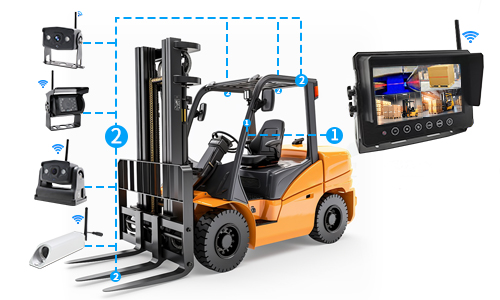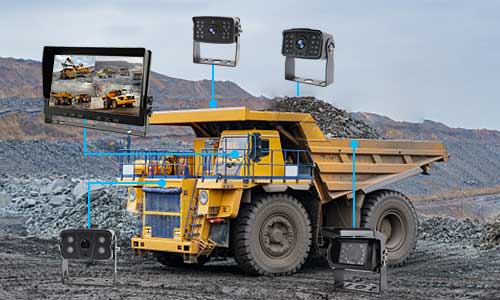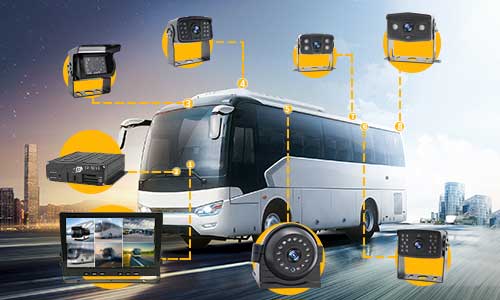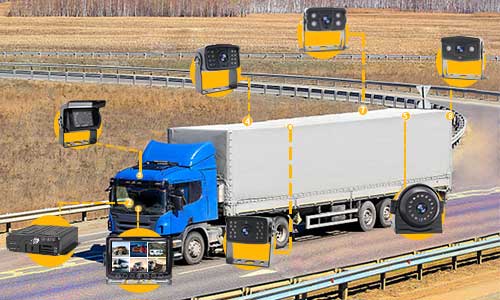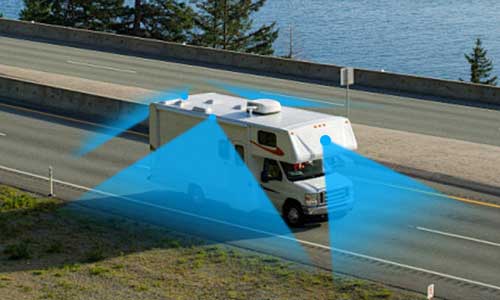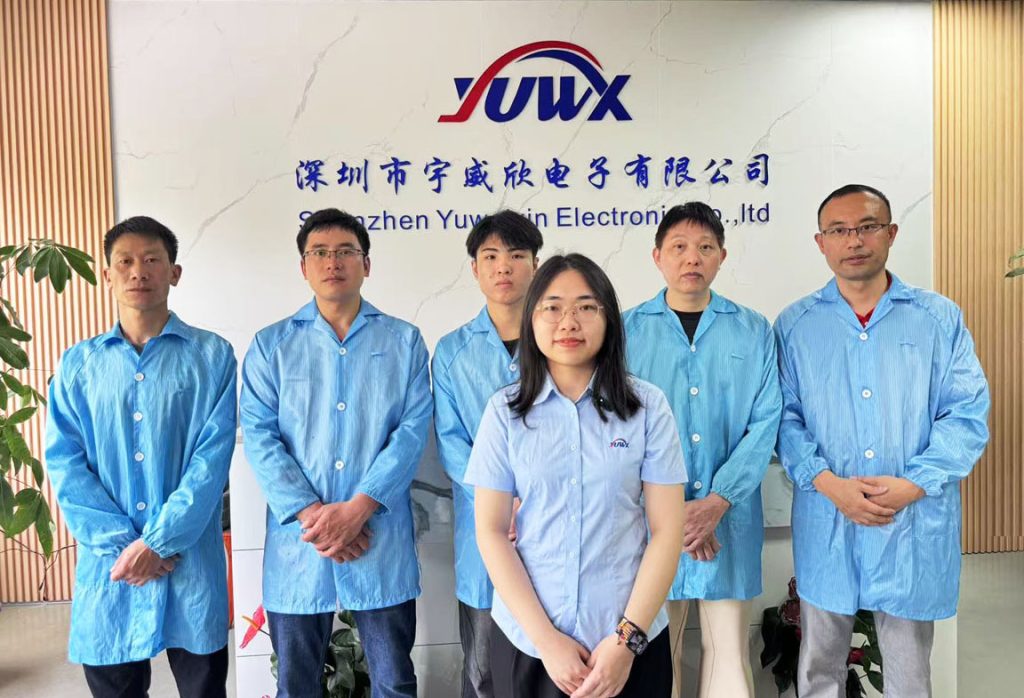Why Full Visibility Matters
In modern automotive safety, visibility is everything. Traditional rearview mirrors and basic cameras offer limited fields of view. As vehicle technology advances, the full-view car camera system has become an essential safety upgrade. Among its key components, the ultrawide lens plays a transformative role in maximizing visibility and reducing blind spots.
Because driving environments are dynamic, real-time comprehensive coverage becomes critical. Thus, ultrawide lenses are increasingly integrated into full-view systems, offering unparalleled spatial awareness for drivers.
1. The Basics: What Is a Full-View Car Camera System?
A full-view car camera system is a network of wide-angle cameras positioned around the vehicle. Typically installed at the front, rear, and sides, these cameras capture a panoramic image of the surroundings. This system then stitches the feeds into a single real-time 360-degree view displayed on the dashboard.
Although the software matters, image quality begins at the lens. This is where ultrawide technology becomes crucial. It captures expansive fields of view, enabling better context and object detection.
2. What Makes Ultrawide Lenses Essential?
Ultrawide lenses provide up to 180 degrees or more in horizontal field of view. This far exceeds standard wide-angle cameras. Consequently, fewer cameras can cover larger blind spots.
Additionally, these lenses reduce the need for mechanical movement. Drivers can see more without rotating the camera or repositioning the vehicle. This leads to faster reactions in tight or high-traffic conditions.
Moreover, their distortion-corrected outputs improve clarity. With software rectification, images remain clear even at the edges. This enhances driver trust in the system’s reliability.
3. Use Cases: Ultrawide Lenses in Everyday Driving
Ultrawide lenses shine in complex driving scenarios. When parking in narrow urban spaces, the full-view system with ultrawide coverage helps avoid curbs, walls, or other vehicles. At intersections, they offer side visibility to spot approaching traffic or pedestrians.
Furthermore, these lenses support better trailer hookup, precise off-road navigation, and safer lane changes. They also assist drivers in extreme weather where conventional mirrors may fog or freeze.
Therefore, ultrawide lenses don’t just offer broader views; they offer confidence.
4. Integration with AI and Driver Assistance Systems
As full-view systems evolve, they increasingly combine with AI. Smart object detection, motion prediction, and driver alerts rely on clear, wide footage. Here, ultrawide lenses are indispensable.
With better lens input, algorithms can detect cyclists, pets, or low-profile objects. This not only helps autonomous navigation but also improves safety warnings in manual driving.
Moreover, with data fusion from radar and lidar, ultrawide video provides a contextual layer. This cross-validation enhances decision-making within advanced driver assistance systems (ADAS).
5. Technical Considerations for Manufacturers
Designing effective full-view car camera systems with ultrawide lenses involves optical and electronic precision. Lens materials must resist glare and thermal expansion. They should remain stable across temperature fluctuations.
Additionally, distortion correction must be efficient. Too much post-processing delays real-time feedback, which can endanger safety. Therefore, systems must balance lens curvature, sensor type, and embedded image processing.
Manufacturers also consider factors such as waterproofing (IP67 or above), vibration resistance, and data bandwidth to ensure smooth operation under dynamic driving conditions.
6. Cost vs. Benefit Analysis for Automakers and End Users
Ultrawide lenses increase upfront system costs. However, the benefits of reduced accidents, better maneuvering, and improved driver satisfaction justify the investment. Insurance claims drop with improved vision systems, and this often translates to longer-term ROI.
Additionally, as regulations tighten around automotive safety, more vehicles must include full-view car camera systems. Ultrawide lenses make these systems efficient and scalable for different car sizes and segments.
7. Market Trends and Future Outlook
The global market for full-view camera systems is expanding rapidly. With the growth of electric and autonomous vehicles, demand for ultrawide solutions will accelerate. OEMs increasingly seek compact, cost-effective cameras with wide coverage.
Moreover, as AI evolves, edge computing will take place within the camera module itself. This demands even better optics and faster image delivery. In all these developments, the ultrawide lens remains central.
Conclusion: The Ultrawide Advantage
Ultrawide lenses are no longer optional in modern car vision systems. They enable full visibility, enhance AI integration, and protect drivers from accidents. For any manufacturer aiming to build or deploy a reliable full-view car camera system, investing in ultrawide lens technology is essential.
From improving parking safety to enabling the future of autonomous mobility, the lens is no longer just glass—it’s intelligence.


